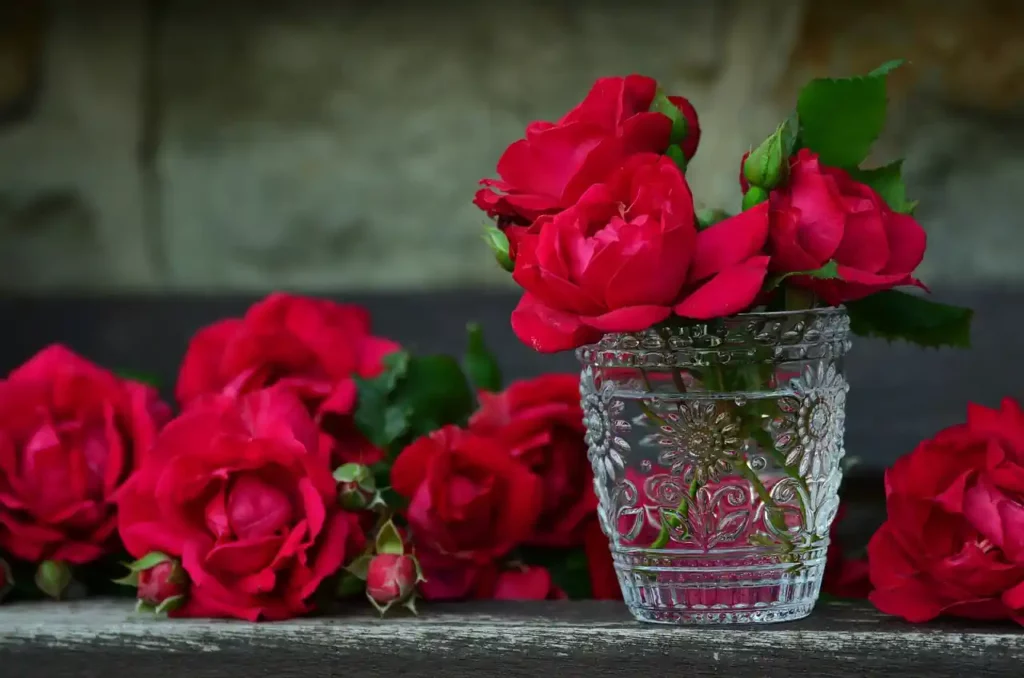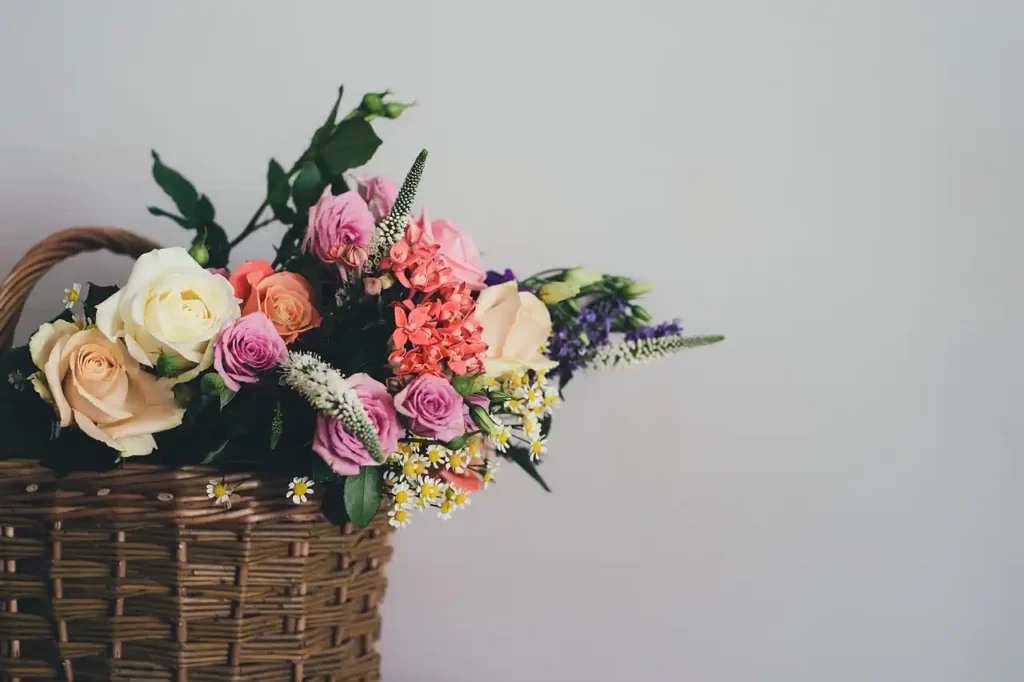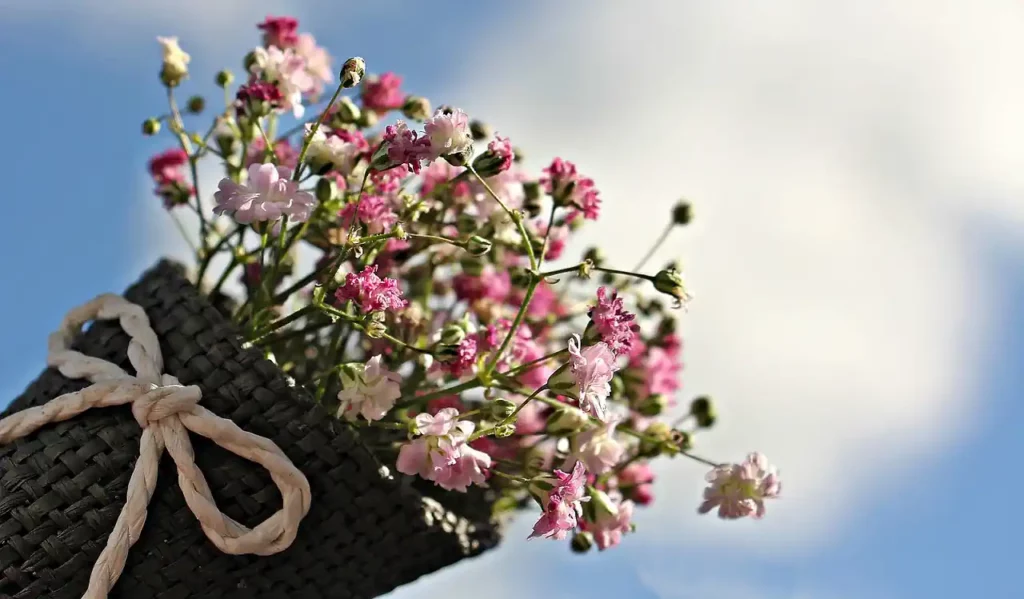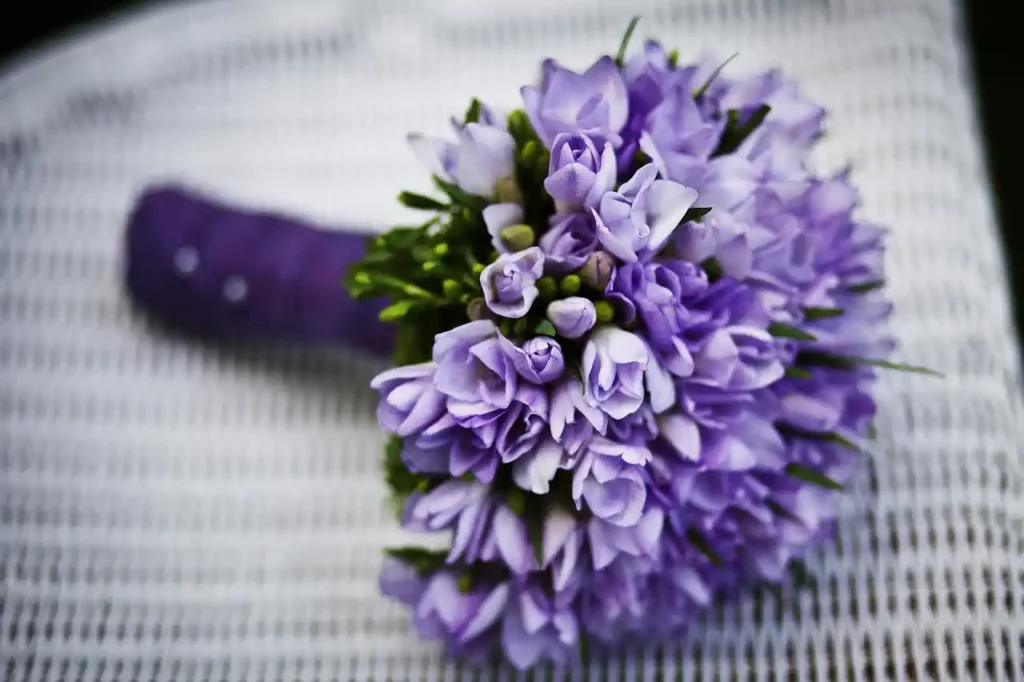How To Make Money Selling Plants and Flowers (Complete Guide)
Are you looking for how to make money selling plants as an extra income or do you want to start your own business? Consider selling plants and flowers! With the increasing demand for indoor and outdoor greenery, there is a huge market for all types of plants, from succulents to tropicals. In this guide, we will show you how to make money selling plants and flowers, from sourcing and growing your own plants to marketing and selling them to customers and it will range from novice to experienced gardener, anyone can tap into this epic possibility to join in on a profitable business opportunity.
How to Make Money Selling Plants?

Ok what you need to do is that you need to think about how to make money selling plants and how you want to do it because there is actually a lot to think about because some things you need to consider include sourcing plants, market research, quality, pricing, marketing, packaging and delivery, building relationships, diversifying, and offering services.
It is also really important to develop a unique brand and story that sets you apart from others, and to keep in mind that starting any business takes time, effort, and patience and by doing this you need to be considering about these factors and creating a solid plan, you can build a profitable and successful business selling plants and flowers.
When selling plants, there are several things to consider:
- Sourcing plants: You can grow your own plants, purchase them from wholesale growers or source them from local growers.
- Market research: Research the demand for different types of plants in your area and choose plants that are in high demand.
- Quality: Make sure your plants are healthy and of high quality because this will ensure customer satisfaction and repeat business.
- Pricing: Determine the cost of growing and sourcing the plants, then set a fair price for customers.
- Marketing: Create a strong online presence through social media and a website to attract customers and consider using SEO, Facebook and Instagram ads, Google ads to reach more audience.
- Packaging and delivery: Make sure plants are packaged properly to ensure they arrive at their destination in good condition.
- Building relationships: Building relationships with other businesses and customers is important for long-term success and by networking aka socialize with other local growers, florists and other people related to plants can open up new opportunities for your business.
- Diversifying: Consider diversifying your offerings by selling not just plants but also gardening tools, pots, and other related items.
- Offering services: Offer services such as plant care, landscaping, garden design, classes and workshops.
- Branding: Develop a unique brand and story that sets you apart from others because it will make you unique.
By considering these factors, you can create a successful business selling plants and flowers but remember that it is also important to keep in mind that starting any business takes time, effort and patience, but with the right strategies and execution, you can build a profitable and successful business.
How to Make Money Selling Plants and Flowers?
Now when you have all the info you need for starting to sell plants and flowers and learn how to make money selling plants and flowers you need to start to look into the business aspect of things.
What do you need to do to start making money?
- Start a plant nursery: Grow your own plants and sell them to customers at a retail location or online.
- Wholesale: Grow plants in large quantities and sell them to other businesses, such as garden centers and landscapers.
- Farmers markets and flea markets: Set up a booth and sell your plants to customers in person.
- Online marketplace: Start a online store or sell your plants on platforms such as Etsy or Amazon.
- Plant subscription: Create a subscription service where customers pay a monthly fee to receive a selection of plants.
- Plant delivery service: Offer a delivery service for customers to receive plants to their doorstep.
- Plant-related services: Offer services such as plant care, landscaping, and garden design.
- Plant classes and workshops: teach people the art of gardening and how to care for plants.
Research the competition in your area and find a niche that sets you apart from others. Additionally, it’s a good idea to build a strong online presence through social media and a website to attract customers.
How Much Money Can You Make Selling Plants and Flowers?

So how much money can you make selling plants and flowers all depends on a variety of factors such as the type of plants you are selling, your location, and your business model you need to know how much money you can make right, that is why I researched these real life examples to give you an idea of what is possible.
- A small plant nursery that specializes in succulents and cacti and sells them at a retail location can make an average of $50,000 to $100,000 per year.
- A Wholesale grower who specializes in tropical plants and sells to other businesses can make an average of $200,000 to $500,000 per year.
- Online marketplace seller who specializes in indoor plants can make an average of $50,000 to $100,000 per year.
- Plant subscription service can make an average of $5,000 to $10,000 per month.
- Plant delivery service can make an average of $10,000 to $20,000 per month.
- Plant-related services that offers services such as plant care, landscaping, and garden design can make an average of $50,000 to $100,000 per year.
- Plant classes and workshops that teaches people the art of gardening and how to care for plants can make an average of $5,000 to $10,000 per month.
For Example:
Suppose a plant nursery is selling plants for $20 each and they sell 300 plants per month, so the revenue generated would be $6000 per month.
But there are factors that can affect the revenue generated from selling plants include the cost of production, overhead costs, and market fluctuations.
To make a more accurate financial projection for a plant nursery, you should consider the following:
- Cost of production, including the cost of seeds, soil, containers, fertilizer, labor, and other expenses.
- Overhead costs, such as rent, utilities, marketing, and staffing expenses.
- Market fluctuations, including changes in demand and pricing for plants in your area. -The type of plants you’re selling, some plants are more profitable than others.
For example: Suppose a plant nursery is selling plants for $20 each, sells 300 plants per month, and has monthly overhead costs of $3000 and monthly cost of production of $1000. So, the revenue generated would be $6000 (300*20) and the profit would be $2000 ($6000 – $3000 – $1000).
A profit of $2000 per month is really really good if you have this as a side income, and the more you scale or the more you sell the more money you can make!
It’s important to note that these figures are approximate and your income will depend on many factors such as your location, competition, and the demand for plants in your area but it is also a good idea to do your own research and create a financial projection for your specific business.
Should I Sell My Own or Buy And Sell?
Whether you should grow your own flowers or buy them to sell depends on your individual circumstances and goals for your business. Here are some factors to consider:
- Growing your own flowers: Growing your own flowers allows you to have control over the quality of the flowers and the cost of production because it also allows you to offer unique and rare varieties of flowers that may be difficult to find through other sources. However, it also requires a significant investment of time and resources to establish and maintain a flower farm.
- Buying flowers to sell: Buying flowers to sell is a quicker and easier way to get started in the flower selling business as you don’t need to establish your own flower farm and you can purchase flowers from wholesale growers or flower markets which allows you to have a wider variety of flowers to sell, and you can also purchase flowers that are in season. But you will have less control over the quality and cost of the flowers, and you may not be able to offer unique varieties.
- Combination of both: It’s also possible to do a combination of both, grow some flowers and also buy some flowers to sell because this can help you to have control over the quality and cost of some of the flowers, while also being able to offer a wider variety.
The best option for you will depend on your own personal circumstances, such as the amount of land and resources you have available, and the goals you have for your business and it is a super good idea to do some research and weigh the pros and cons of each option before making a decision.
What Plants & Flowers Should I Plant and Sell?

The best plants & flowers to plant and sell will depend on your location, climate, and the demand in your area. However, here are some popular options that are in high demand:
Plants:
- Herbs: Herbs such as basil, mint, rosemary, and thyme are popular for their culinary uses and have a high demand in both fresh and dried form because they are relatively easy to grow and maintain, and can be sold at farmers markets, online, and to local restaurants and grocery stores.
- Succulents: Succulents are popular for their unique shapes and low maintenance requirements and did you know that they can be grown in a variety of sizes and can be sold individually or in arrangements.
- Bamboo: Bamboo is a fast-growing plant that can be used for a variety of purposes such as privacy screens, hedges, and as a source of food and construction materials.
- Ornamental Grasses: Ornamental Grasses are cool because of their unique colors, textures, and shapes, they can be used in landscaping and as a source of food and construction materials.
- Trees: Trees such as fruit trees and Japanese maples can be planted for profit as they have a high demand and can fetch a high price once they are mature.
- Mushrooms: Mushrooms are increasingly popular and have a high demand, they are relatively easy to grow and can be sold fresh or dried.
- Edible flowers: Edible flowers like nasturtiums, pansies, and calendula have become increasingly favoured in recent years, as they add a unique and visually appealing touch to dishes. and you should remember that they can be sold to restaurants, grocery stores, and directly to consumers at farmers markets and online.
- Medicinal plants: Medicinal plants such as aloe vera, echinacea, and chamomile can be grown and sold for profit as they have a high demand for their medicinal properties if they can be sold fresh, dried, or as extracts and tinctures.
- Native plants: Native plants are in high demand as they are well-suited to local conditions and can be used in landscaping and as a source of food and construction materials.
- Cut flowers: Flowers such as sunflowers, zinnias, and dahlias can be grown for their cut flowers and sold to florists and directly to consumers at farmers markets and online.
Flowers:
- Roses: Roses are a classic and popular flower that are always in demand and as you know they come in a variety of colors and can be grown in a range of climates.
- Sunflowers: Sunflowers are a wanted choice for cut flowers, with their large, bright yellow blooms and they are also easy to grow and can be planted in a variety of climates.
- Tulips: Tulips come in a wide range of colors and are sought after for their spring blooms but they can also be grown in a variety of climates and are a popular choice for cut flowers.
- Peonies: Peonies are desired for their large, fragrant blooms and are often used in wedding bouquets as they are also one of the best to grown in cooler climates.
- Freesia: Freesia are popular for their fragrant, brightly colored blooms and are often used in different types of flower arrangements.
- Gladiolus: Gladiolus are wanted for their tall spikes of brightly colored blooms and are often used in cut flower arrangements and they are also super easy to grow and can be planted in a variety of climates across the country.
- Lilies: Lilies are popular for their large, fragrant blooms and are often used in cut flower arrangements and wedding bouquets.
- Iris: Iris are well liked for their large, colorful blooms and are often used in cut flower arrangement and they are so easy to grow anywhere in USA.
- Carnations: Carnations are popular for their large, brightly colored blooms and are often used in cut flower arrangements.
- Chrysanthemums: Chrysanthemums are liked for their large, brightly colored blooms and are often used in different kinds of cut flower arrangements aswell.
What Plants & Flowers Should I Buy and Sell?
So what plants and flowers should you buy and sell if you dont want to wait for the plants to grow? Let me give you 10 different plants & flowers they are always good to buy and sell to customers across the country!
Plants:
- Succulents
- Cacti
- Air plants
- Herbs (basil, mint, rosemary, thyme)
- Houseplants (snake plants, spider plants, fiddle leaf figs)
- Different Bonsai Trees
- Japanese Maples
- Fruit Trees (apple, cherry, peach, citrus)
Flowers:
- Roses
- Tulips
- Lilies
- Sunflowers
- Gladiolus
- Gerbera daisies
- Alstroemeria (Peruvian Lilies)
- Carnations
- Chrysanthemums
- Orchids
Where to Sell My Plants and Flowers?

So now you have a business plan ready and you know what plants & flowers you want to sell and you are ready for the market? But how do you sell them? Where to sell them? Here is my top 7 places to sell my flowers and plants and it should give you a good idea what you should do to get sales!
- Farmers markets are a great place to sell flowers as they attract a lot of customers looking for fresh, locally grown produce and flowers and you get to meet people!
- Street fairs and festivals are another epic place to sell flowers as they attract a large number of people in a specific area.
- Flower shops and florists amd ,any flower shops and florists purchase flowers from local growers, so you can reach out to them and see if they would be interested in buying your flowers.
- Online marketplaces are a great place to be on and there is a variety of online marketplaces, such as Etsy, Facebook Marketplace, Instagram, where you can sell your flowers because this is an amazing option if you want to reach a wider audience.
- Flower cart is a unique and visually appealing way to sell your flowers and did you know that it allows you to be mobile, and you can set up at different locations such as high-traffic areas, events and festivals, and farmers markets.
- Subscription-based flower delivery service is kind of a new concept but you can create a subscription-based flower delivery service where you deliver flowers to customers on a regular basis, such as once a week or once a month.
- Wholesale is amazing because you can also sell your flowers in bulk to event planners, wedding planners, hotels, and restaurants.
It’s a good idea to research the different options and see which one(s) would work best for your business
Is Selling Plants and Flowers a Good Business Idea?
The flower and plant industry is a multi-billion dollar industry and has been growing at a steady rate in recent years due to an increased interest in gardening, home decor, and healthy living and this can indicate that there is some epic potential market for flowers and plants businesses.
But remember to conduct market research to understand the demand for flowers and plants in your area, competition, and the costs of starting and running a flower and plant business and that it is also important to have a well thought out business plan and to be prepared to work hard and be dedicated to the business.
Pros and Cons

Pros:
- Low startup costs: Starting a flower or plant business does not require a lot of money to get started.
- Flexibility: You can start small and grow your business as demand increases, or you can choose to operate on a seasonal basis.
- Variety: There are many different types of flowers and plants you can sell, giving you the opportunity to specialize in a particular niche or to offer a wide variety of products.
- Personal satisfaction: Many people find satisfaction in working with plants and flowers, and the opportunity to create beautiful arrangements and gardens can be very rewarding.
- Low overhead costs: Most of the costs associated with a flower or plant business are for the plants themselves, which can be grown at home or purchased wholesale.
Cons:
- Seasonal fluctuations: The demand for flowers and plants can vary depending on the season, which can make it difficult to maintain a steady income throughout the year.
- Weather-dependent: Weather conditions can greatly affect the growth and health of plants, making it difficult to predict and plan for crop yields.
- Competition: There may be a lot of competition in your area, making it difficult to stand out and attract customers.
- Hard work: Running a flower or plant business requires a lot of hard work, including planting, caring for, and harvesting the plants, as well as marketing and selling the products.
- Perishable goods: Flowers and plants are perishable goods which means that they have a limited shelf life, this can lead to a waste of resources and money if not handled properly.
Conclusion
This article turned out longer than expected but when there is a lot of things to cover it is better to do it right and provide the best information to the article. but this is how I do with all my money making guides on Robinesson. So when you want to learn how to make money selling plants and flowers and you want to know how much money can you make selling plant and flowers you need to identify what you want to buy and sell, location and customer base.
To achieve success in the business of selling flowers and plants, it is important to be dedicated and willing to put in the necessary time and effort. Consistent hard work and commitment to your business can help you overcome any obstacles and reach your goals.
Related:







